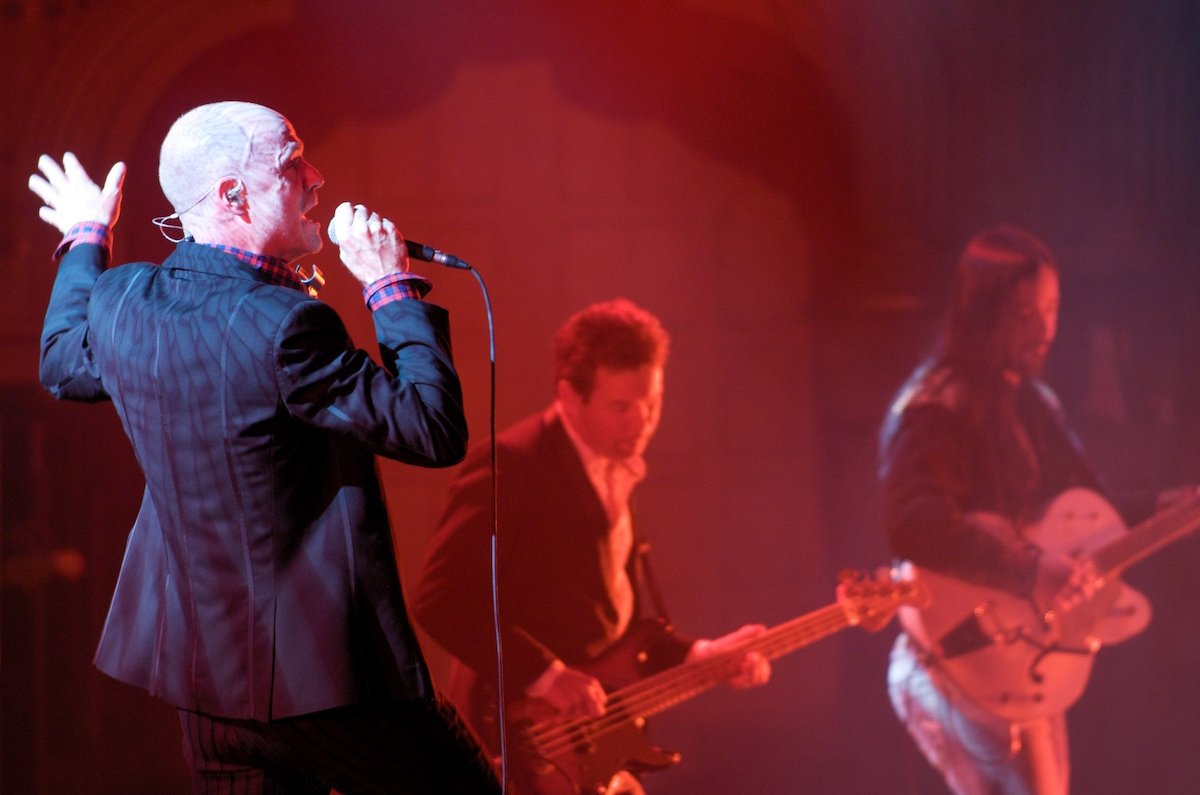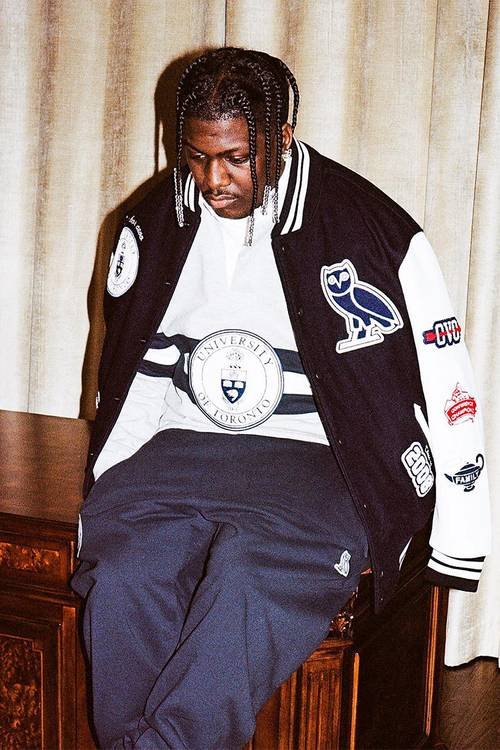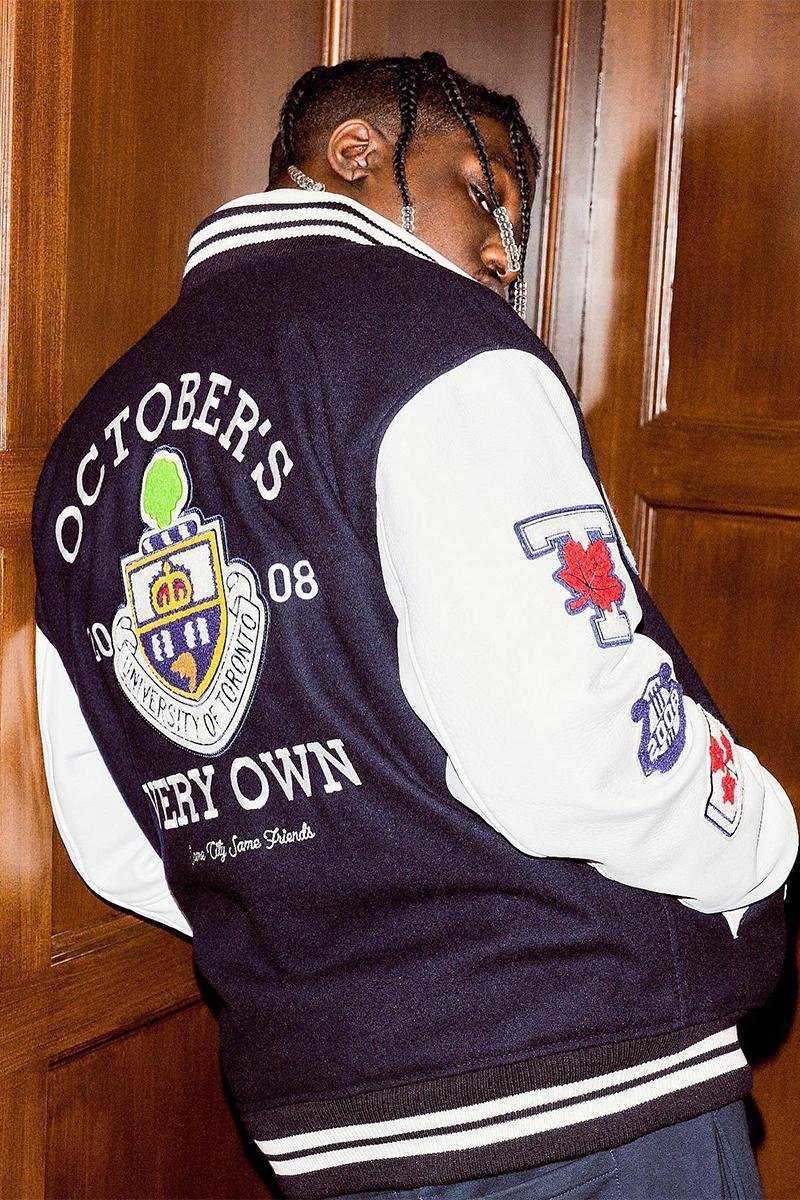Artists and curators behind a local live music event are all about taking ‘ridiculous, ridiculous chances’
By: Sena Law
Toronto artist Katozai performs on the stage of Supermarket Variety and Bar at the Dead Egos Vs. The WRLD event (Sena Law/CanCulture)
Weaving through the chaotic mosh pits of a Kensington Market venue with a camera in hand and a proud smile upon his face, Griffin is eager to capture each and every moment of his first curated show. “When I say ‘Dead,’ you say ‘Egos!’” A passionate call and response coming from stage with each one reciprocated enthusiastically by the crowd gathered in front, basking in their shared excitement and anticipation for their favourite artist to perform.
On June 4, the interior of Supermarket Bar and Variety, a cultural hub in Kensington Market, was filled with fashion-forward music lovers and local creatives looking forward to a night of making connections and energetic performances. Dead Egos Vs. The WRLD (world) featured 10 underground artists from Ontario and the United States, for many of whom, this would be their first on-stage performance.
Behind the huge turnout and impressive lineup are the two curators of the event, Griffin and Devon, who spoke with CanCulture on the night of the event. Devon, also known as Peepthekicks, has been working as an A&R (artists and repertoire) in Toronto and has facilitated other music showcases such as First Class Fest in Toronto. As for 20-year-old Griffin, or MTVGrif, this would be his first time hosting a music event.
Devon and Griffin (left to right), curators of Dead Egos Vs. The WRLD at the rehearsal before the show (Joshua Cunningham/CanCulture)
Griffin began video-editing in his early childhood. Combining his long-time love for music with his passion for film and editing birthed Dead Egos — a multimedia platform that produces music videos, promotes underground artists and has now begun to curate music showcases. The unique name originated from Griffin's interests in psychedelics and the term ‘Ego Death’ — a psychological term that describes the cultivation of a deep sense of awareness that leads to a complete loss of subjective self-identity. He attributes his interest in the practice to Ryan Holiday’s book Ego is the Enemy.
“To me, it just means going into everything with the best intention.”
He applies the same sentiment to his creative work with the platform. Inspired by the owner of American multimedia company Lyrical Lemonade’s Cole Bennett, who made a name for himself as a music video editor and creative director and has now expanded to hosting large-scale music festivals, Griffin hopes to achieve the same with Dead Egos.
“He really is like the blueprint, to be honest. I'm trying to do that, but in Canada.”
Within Toronto’s saturated creative sphere, opportunities to perform as an up-and-coming musician can be hard to come by. Griffin and Devon’s decision to showcase underground artists who receive exposure on a smaller scale was intentional. Disregarding the standard showcase procedure where each artist is expected to reach a certain ticket sale goal, the curators’ faith in the performing artists to put on a great show was above their priority to make a profit.
“We curated it in a way where it's meant to put on the smaller guys, as well as just have a dope lineup,” Devon said. “I think we just wanted to make something that we actually liked with artists that we listen to all the time.”
Being involved in the music industry first-hand, Griffin and Devon understand that for growing artists like themselves, every opportunity could lead to a breakthrough.
“There are a lot of managers and industry people in the crowd tonight — and it's a lot of the artists’ first performances, so hopefully the audience goes home to listen to them,” Devon said.
Griffin emphasized on the importance for artists and creatives to venture outside their comfort zones. “It's more so about actually going out to look for those opportunities and taking a lot of crazy chances, like ridiculous, ridiculous chances.”
The significance of in-person events like Dead Egos Vs. The WRLD is felt by artists and audiences alike. ELiXR, a 17-year-old multidisciplinary artist and DJ who came to show his support said the “cutthroat” nature of Toronto's creative scene means live events like this are necessary to uplift smaller local talents.
“It's about youth having a platform; it's about all these artists, upcoming rappers, having a platform. Not too many of these opportunities come up, especially in Toronto,” ELiXR said. “You never know, because you may be out there performing in front of seven or 10 people but the best A&R in Toronto is there. It only takes one person in these events to really change it up.”
Toronto artist ELiXR speaks on the significance of uplifting local, underground artists during an interview with CanCulture. (Joshua Cunningham/CanCulture)
The migration of modern day artist discovery to online platforms, most notably TikTok, has expedited the rate at which artists can gain exposure and build a fanbase, but it has also created a saturated environment where artists may struggle to find their place online. Katozai, an 18-year-old plugg artist based in Toronto, said in-person showcases allow artists to gain recognition organically.
“You can have internet communities, but when you have actual physical people come into these events, it creates more of a community around it,” Katozai said.
Katozai brought an engaging and high anticipated performance to Dead Egos Vs. The WRLD (Sena Law/CanCulture)
Another performing artist from Hamilton, Apostoli, shared the same sentiment. “Listening to a song and being in a crowd, it's a different experience. It sticks with you.”
Dead Egos positions underground artists in the city’s melting pot of creatives. As an artist, Apostoli affirmed the importance of grasping at these opportunities.
“You can't sit there and be like, ‘that's not fair, I'm not getting my moment.’ Eventually, if you talk to the right people, if you put yourself in the right positions, then chances are you will find success.”
Apostoli travelled to downtown Toronto to perform at the Dead Egos Vs. The WRLD show (Joshua Cunningham/CanCulture)
Outside of musical performances, Dead Egos Vs. The WRLD also featured three pop-up shops of local vendors that were invited to sell their crafts at the event. Leila, who makes handcrafted spoon rings for her shop, Bella Antiquez, said she appreciated opportunities where she can set up shop in-person.
“It's an opportunity that not many people get because the city is popping and anything can happen. Anyone could show up, anyone can hear about it and see it, “ Leila said. “I find that a lot of people are just open to interacting and talking about what they like to create.”
Bella Antiquez is one of three vendors invited to host a pop-up shop at the Dead Egos Vs. The WRLD event (Joshua Cunningham/CanCulture)
The showcase served not only as an expansion of Griffin and Devon’s creative endeavours, but a reflection of the potential that Toronto’s underground music scene holds. The curators’ passion for music and desire to uplift artists translates into an event with a precise execution and an amazing turnout.
Above all, everyone involved in the putting together of the show took a chance to grasp at an emerging opportunity. As per the curators’ final word of advice to any aspiring creatives:
“Honestly, just don't be afraid to jump out and do it.”








































